Writer Joseph J. Airdo // Photography by Mark E. Anderson
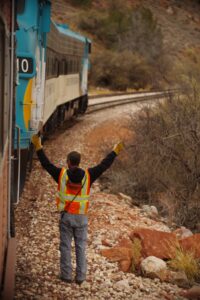


One of photographer Mark E. Anderson’s favorite pastimes while growing up in Glen Ellyn, Illinois, was sitting trackside and watching the trains as they sped through town.
“I always wondered where they were going and imagined myself as a railroad hobo jumping into a boxcar and racing off to adventures unknown,” Anderson says.
However, he was not always as thrilled to see large locomotives so up close and personal.
“I have no memory of this, but my older brother tells a story about our dad taking us to watch the Chicago and Northwestern Railroad,” Anderson explains. “He says that when our dad took me up close to the engine, I freaked out and began kicking and screaming.”
Anderson believes that feeling the wind from the cars and having the engineer whistle or honk at him later during his childhood provided him with an adrenaline rush through which he was simultaneously facing and ultimately conquering his fears. He eventually even asked his father — a builder — to help him construct a model train platform in their home’s basement.
“I laid out track and did my best with little money and skill to construct buildings and scenery, creating my own little railroad,” says Anderson, noting that he would often request model train accessories as gifts for Christmases and birthdays. “I had some pretty cool scale engines that would go around our Christmas tree, where I would run them for hours until my mom told me to go to bed.”
Although one could say that Anderson’s railroad has since been decommissioned, he still has all of its pieces. He has also retained his interest in trains into adulthood.
“My interest in trains is their magnificent power — 3,000 horsepower per locomotive, to be exact, and several locomotives per train,” Anderson says. “The earth shakes, your chest shakes and they are loud. You could die under those wheels. Then, after a mile or more of cars go by, it is suddenly quiet again. Being so close to something so big and powerful really gives you some perspective in life. I am not all that — and my fears are not all that either.”
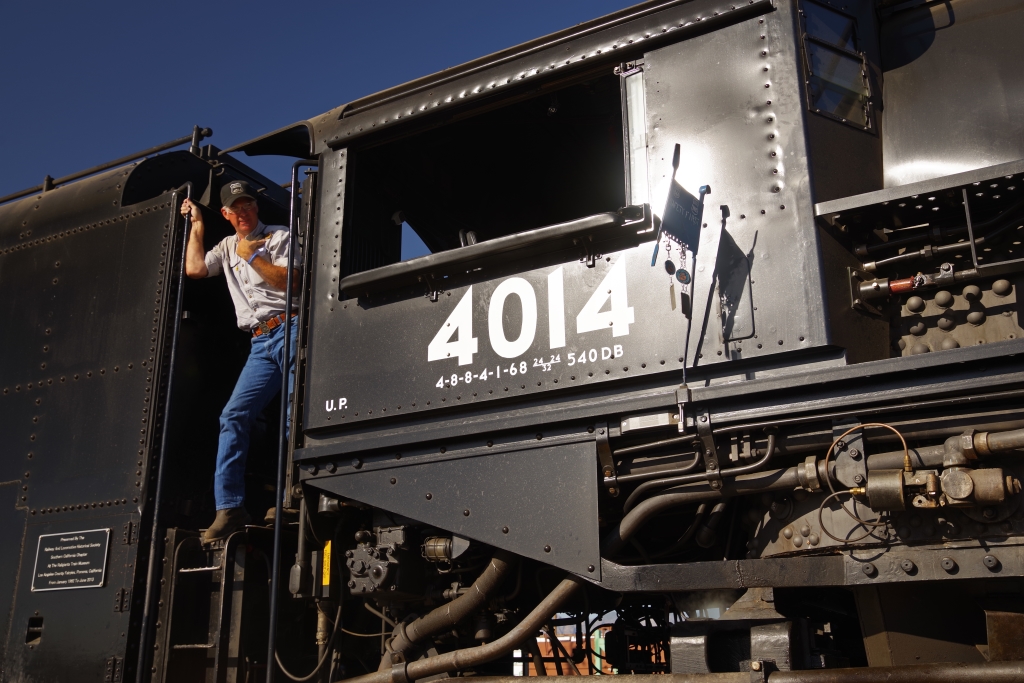





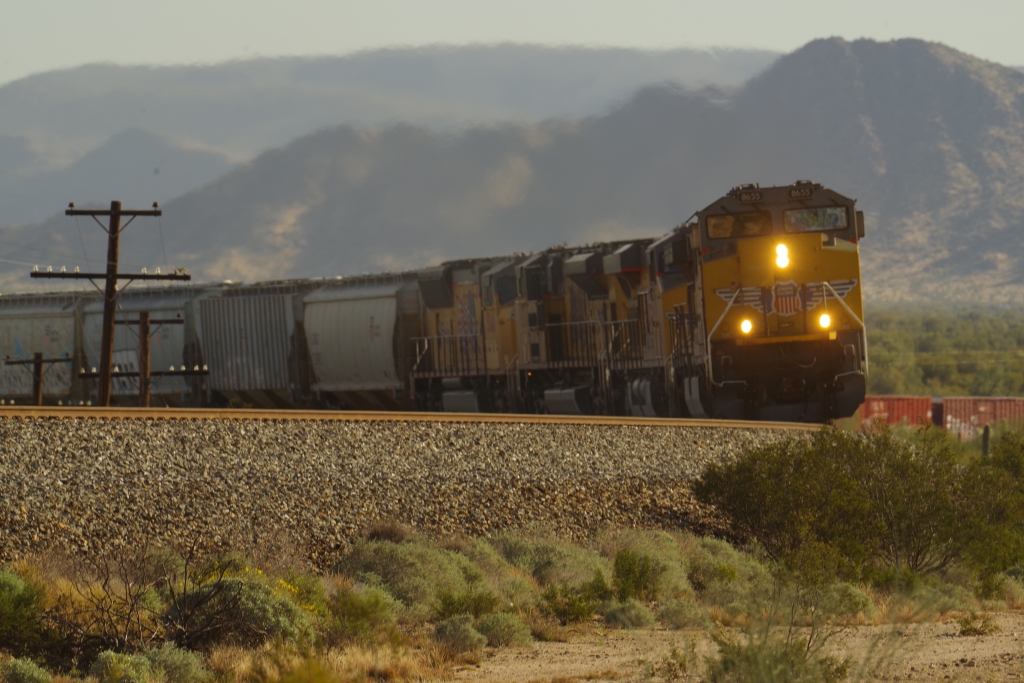





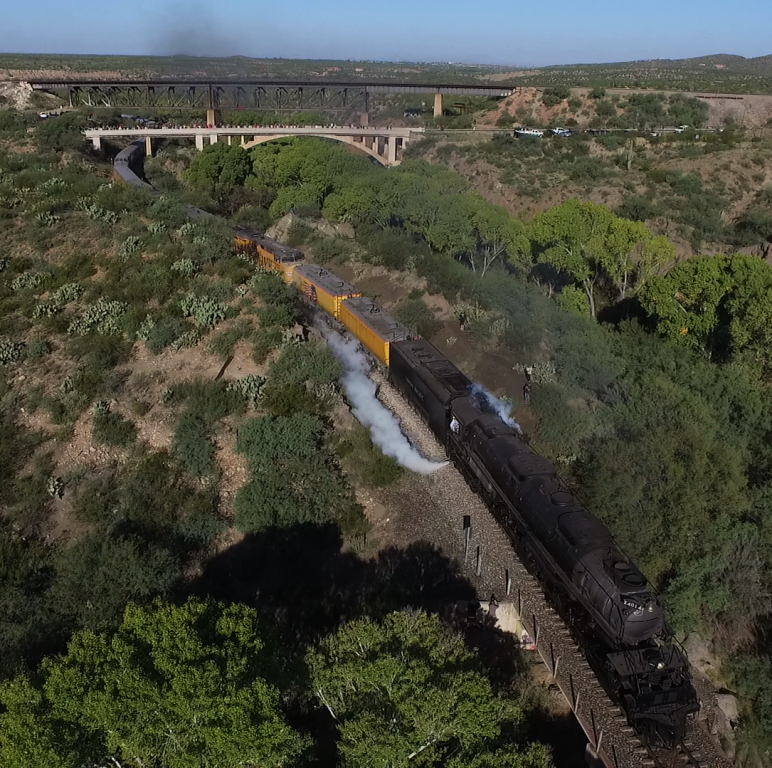


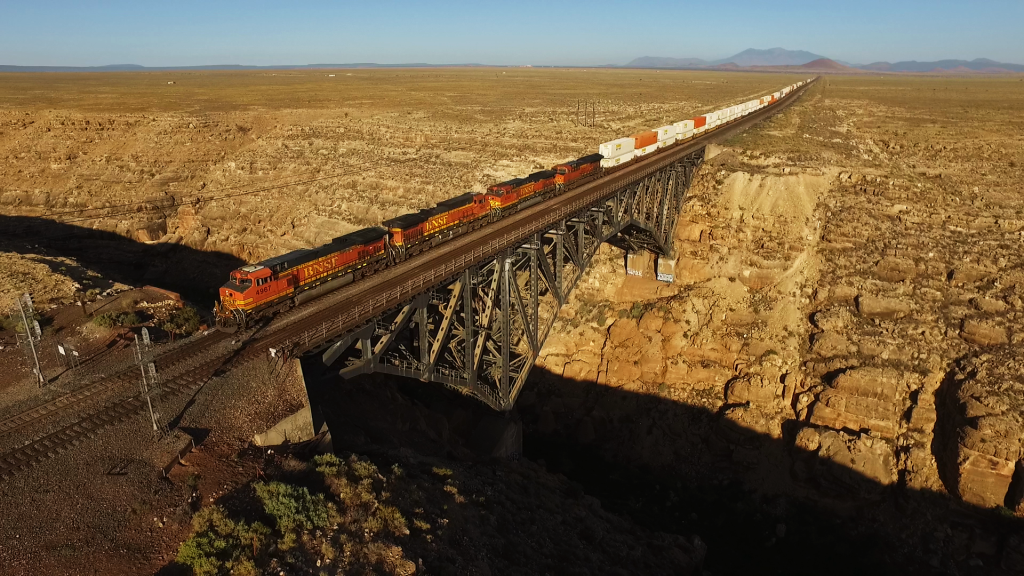


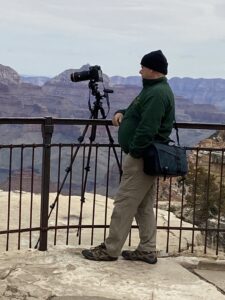


About the Photographer
While growing up, Mark E. Anderson always looked up to his brother, who was 12 years older than him. Therefore, when his brother took up photography upon returning home from the Navy, it was only a matter of time before Anderson pursued the hobby himself.
“I bought my first camera, a Pentax K1000, and my brother taught me to use it,” says Anderson, who went on to pursue a career as an Entertainment Technician Certification Program rigger but never lost his passion for photography — especially the aerial and landscape varieties. “Once my children were all grown, I decided to retire from rigging to focus on aerial and landscape photography full time.”
Anderson is particularly drawn to the fact that photography is an emotional medium capable of making someone laugh, cry, remember or be transported somewhere else.
“When people are emotionally connected to something, out come the cameras,” says Anderson, citing birthdays, concerts, events, marriages and births as examples of emotional events that people desire to capture. “Emotional reactions are often reproduced poorly, but a high-quality reproduction can bring back those emotions in a powerful way. That is where the magic is.”
The Gilbert resident’s favorite subject is the beauty that surrounds us, which he says is sometimes natural and other times produced — such as art, music and dance. He also likes taking a closer or different look at things that are commonplace — such as trains, cranes, boats and shipping — and especially rare or even one-time events — such as fires, storms, snow and accidents.
“I am a man of faith and being in nature is a spiritual experience for me,” Anderson explains. “It is humbling to contemplate the complexities of creation — the beauty of a sunset, the power of a storm. I strive to capture those images as I experience them through my lens. For this reason, I prefer raw images; my editing is limited to removing the occasional speck of dust or cropping an image to fit a layout.”
Of the many lessons that photography has taught him, the brevity of time is the one that Anderson feels has been most significant.
“A scene can change quickly as the sun sets, the clouds move, the weather changes,” he says. “While one might think a landscape doesn’t move, it is actually quite fluid, and a photographer must be ready to capture an image when the conditions are right. All of this is true in life as well. A play, a dance, a meeting with a friend, time with a loved one: all are but a breath. Make the most of every moment that comes to you.”

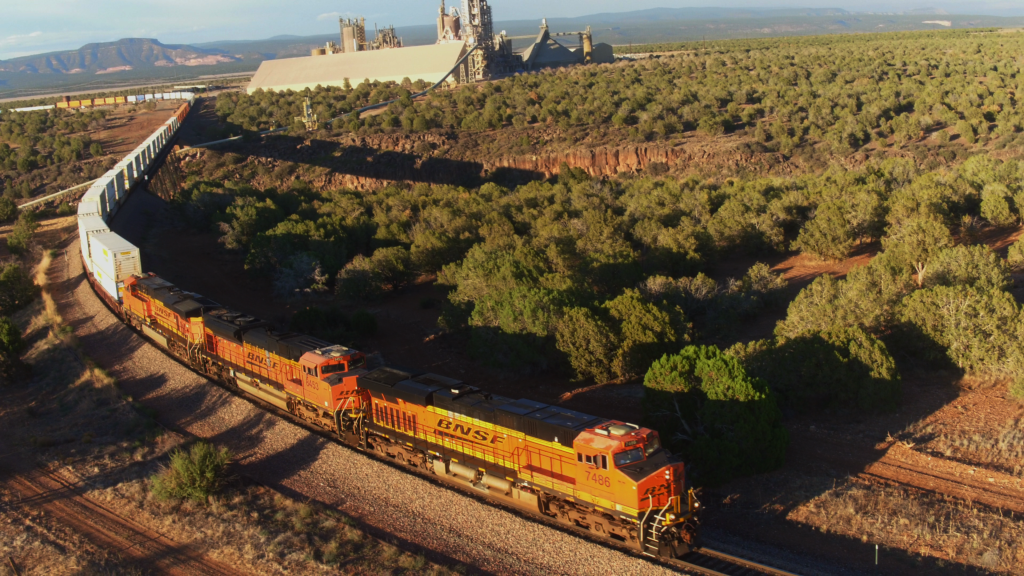





Comments by Admin